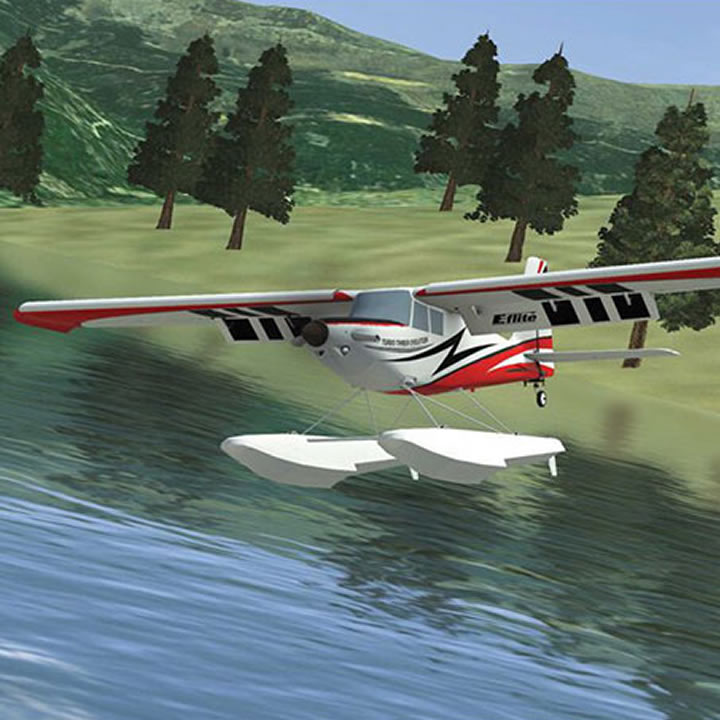Remote control (RC) flying is a thrilling hobby that allows enthusiasts to take to the skies without leaving the ground. Whether you’re interested in piloting a drone, a helicopter, or an airplane, mastering the art of RC flying requires practice and skill.
That’s where Remote-Controlled (RC) flight simulator software comes into play. These innovative tools provide a virtual training ground for remote control pilots, allowing them to hone their flying techniques and improve their piloting abilities.
This listicle will explore the world of RC flight simulator software, its features, benefits, and how they enhance the RC flying experience.
Features:
Realistic Flight Physics: One of the critical features of RC flight simulator software is its ability to simulate realistic flight physics. They accurately replicate the aerodynamic properties of different aircraft models, including their weight, lift, drag, and control surfaces.
This allows pilots to experience the same flight characteristics and behavior when flying a real RC aircraft.
Diverse Aircraft Selection: RC simulator programs offer various aircraft models, including helicopters, drones, and airplanes. Pilots can select their preferred aircraft type and explore each model’s unique flying characteristics and challenges.
This versatility allows pilots to broaden their skills and experience different flying styles without needing multiple physical aircraft.
Training Modes and Challenges: These RC flight simulators provide various training modes and challenges to assist pilots in learning. These modes help beginners grasp the basics of flying while more experienced pilots can engage in advanced maneuvers and precision flying exercises.
From takeoff and landing practice to aerial acrobatics, the simulators offer a progressive learning curve that caters to pilots of all skill levels.
Adjustable Environment and Weather Conditions: RC flight simulator programs allow pilots to customize their virtual environment and weather conditions. Whether you want to fly in clear skies, challenging crosswinds, or even during rainfall, these simulators can replicate different weather scenarios. This flexibility helps pilots develop adaptability and prepares them for real-world flying situations.
Benefits:
Cost-Effective Training: One of the most significant advantages of RC flight software simulators is their cost-effectiveness. Instead of investing in multiple physical aircraft, pilots can use such programs to practice and refine their skills, or even test an aircraft they are considering buying.
Simulators eliminate the risk of crashes and the associated repair costs, making them an affordable and accessible option for pilots of all levels.
Safety and Risk Mitigation: Flying such aircraft carries inherent risks, especially for beginners. RC simulators provide a safe and risk-free environment for pilots to learn and experiment without the fear of damaging their aircraft or causing harm.
This enables pilots to build confidence, improve their piloting abilities, and reduce the likelihood of accidents when transitioning to real-world flying.
Convenient Practice Anytime, Anywhere: Pilots can practice anytime and anywhere with RC flight simulation programs. All that’s needed is a computer or a compatible device, and pilots can access the virtual training ground conveniently.
This flexibility allows pilots to maximize their free time, even when physical flying conditions are unsuitable.
Conclusion
RC flight simulator software provides pilots with a realistic and convenient training platform. With their diverse aircraft selection, adjustable environments, and risk-free practice, these simulators offer a cost-effective way to improve piloting skills and enhance the flying experience.
Utilizing the virtual training ground of such RC simulators can help you soar to new and exciting heights in remote control flying.

